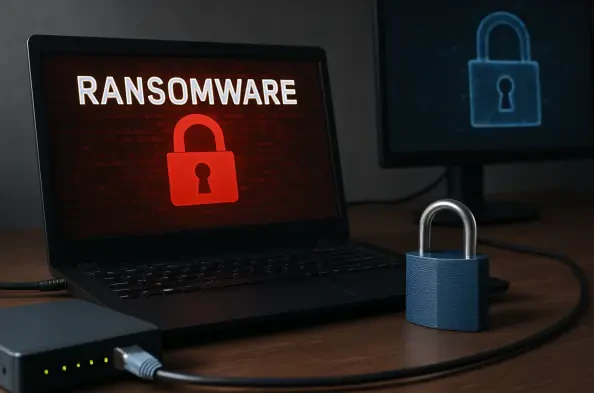Ransomware attacks have surged globally, with increasingly sophisticated operators threatening the integrity and security of digital infrastructures across various industries. The introduction of Chaos, a formidable ransomware actor uncovered by Cisco Talos, signals a pivotal development in this growing cyber threat landscape. Since its appearance, Chaos has executed numerous opportunistic attacks that have impacted sectors primarily located in the United States but extending to regions like the United Kingdom, New Zealand, and India. Chaos’s emergence has presented a significant challenge to existing defense systems, requiring immediate attention from cybersecurity professionals to adapt quickly.
Tactical Innovations of Chaos Ransomware
Chaos distinguishes itself as a prominent ransomware threat, leveraging “big-game hunting” strategies that involve encrypting critical data and employing double-extortion tactics. These strategies not only encrypt victims’ files but also threaten data leaks unless a ransom is paid. This approach has rapidly gained popularity among ransomware groups and showcases the malicious sophistication of Chaos’s technology. A notable element of Chaos’s operations is its negotiation strategy, which includes incentives like additional rewards for ransom payment compliance or increased penalties such as DDoS attacks for resistance, highlighting an advanced understanding of psychological manipulation in its ransom demands.
In its technological deployment, Chaos operates independently from governmental influence, specifically rejecting collaboration with BRICS/CIS countries, and targeting Russian cybercriminal forums for recruitment. The group’s ransomware is cross-platform, adaptable to Windows, Linux, NAS systems, among others, and features innovative encryption methods such as individual file keys and network scanning capabilities. This adaptability showcases Chaos’s cutting-edge toolkit, making it a formidable adversary in the cyber threat landscape.
Methodologies of Chaos and Their Impact
Chaos exhibits a marked sophistication in its infiltration and attack methodologies, relying heavily on social engineering techniques such as email and voice phishing to penetrate networks initially. The group employs strategies involving overwhelming targets with spam emails, subsequently prompting interaction through impersonation of IT security personnel. By leveraging Microsoft’s Quick Assist tool during these interactions, Chaos gains unauthorized access, enabling the execution of reconnaissance activities vital for their malicious operations.
Beyond initial access tactics, Chaos executes a series of scripts for environmental preparation, downloads malicious files, and connects to a command and control server to maintain network persistence. The use of legitimate RMM tools like AnyDesk for remote monitoring, alongside utilities such as net[.]exe for resetting domain user passwords, reflects Chaos’s strategic approach to system compromise. These methods highlight a sophisticated understanding of bypassing security systems and maintaining access within compromised networks.
Countermeasures and Negotiation Tactics
The group ensures its operations remain discreet by deleting event logs and uninstalling security applications. Chaos further employs GoodSync, typically used for file synchronization and backup, for data exfiltration, applying commands to filter out potentially detectable files. Their selective encryption, focused on specific file segments, streamlines encryption processes and appends “.chaos” extensions for identification. A significant case involved demanding a ransom of $300,000, with assurances of decryptor application delivery, comprehensive penetration test reports, and nondisclosure of stolen data for compliant victims.
Chaos pressures noncompliant victims by threatening to leak stolen data, execute DDoS attacks, or publicize breaches to amplify pressure for payment. Such tactics illustrate the group’s strategic adaptation across campaigns, posing a sustained threat through calculated negotiation strategies. The inclusion of structural elements in their ransom notes akin to Royal/BlackSuit variants signifies a consistent theme, revealing well-crafted operational planning.
Conclusion
The emergence of Chaos marked a transformative advancement in ransomware strategy and technology, posing profound risks across numerous industries with its opportunistic attack nature. The group’s adept use of social engineering, coupled with its cross-platform adaptability and sophisticated negotiation tactics, underscores the evolving threats within the cybersecurity domain. Future defensive efforts must concentrate on enhancing detection capabilities and developing preemptive measures to counteract these evolving methodologies, emphasizing the need for comprehensive and adaptable cybersecurity strategies to mitigate potential threats posed by groups like Chaos.






